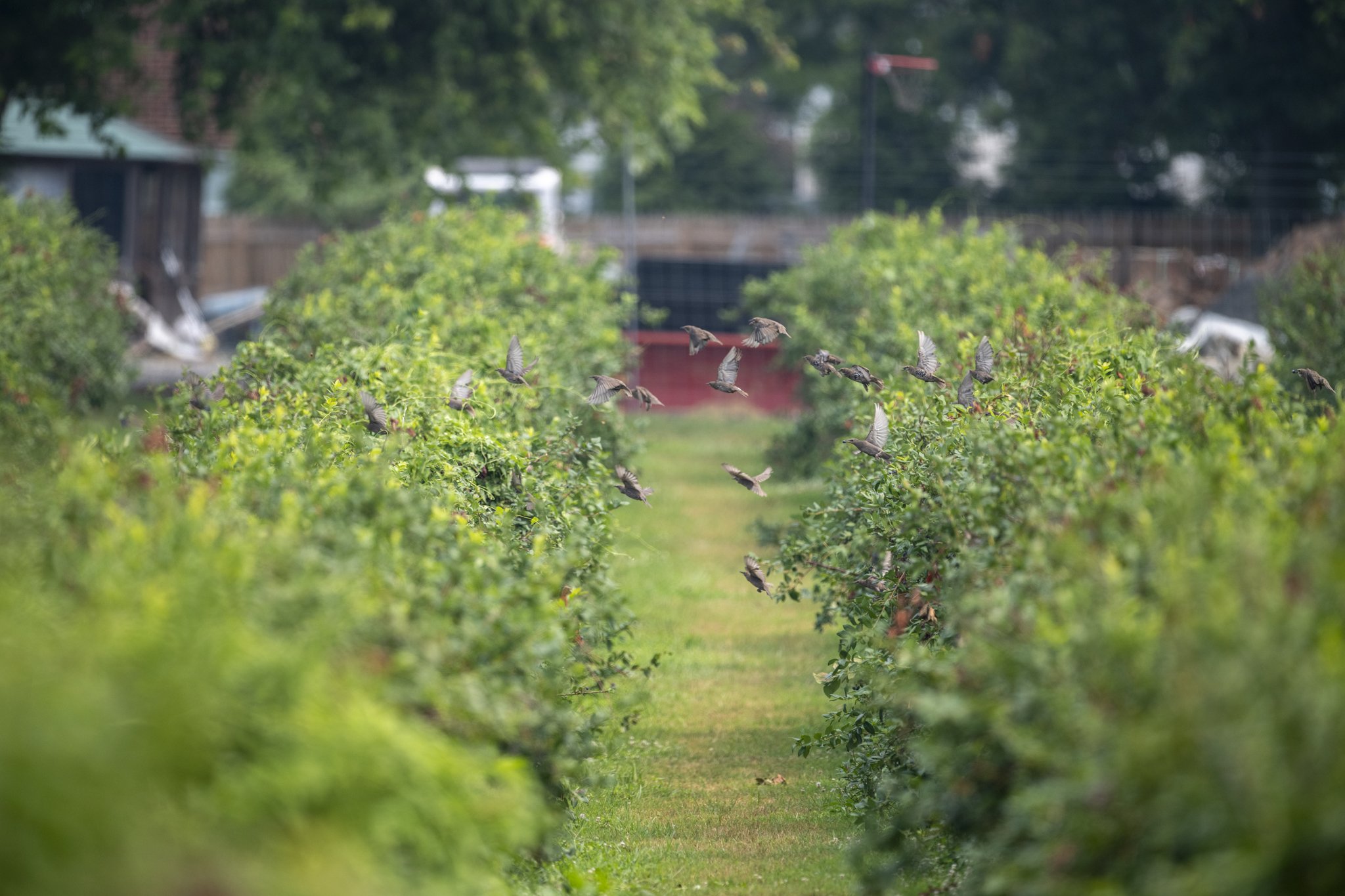Of Sunflowers and Selfies: The Story Behind America’s Sunflower Fields
The story of America’s sunflower fields is one of how humans and wildlife negotiate space.
Each summer, social media will be flooded with images of sunflowers as thousands make the pilgrimage to fields across the country. After attempting to capture the perfect shot for social media, enthused masses leave the fields with trash and trampled sunflowers. The practice of planting sunflower fields didn’t begin with social media, and the story behind the blooms is one to note.
Supporting migratory species as a post-breeding and pre-migratory food source, sunflower fields are an important pitstop for songbirds. Not only do birds consume the high protein seeds of the flowers, but of the insects that live there as well.
The blooms couldn’t come at a better time, as the late summer sunflowers distract birds from consuming crops that won’t be harvestable until fall. If the fields are destroyed, the bird’s attention and presence will move to food crops.
The fields serve as an abatement tool, diverting birds from crops, preventing millions in damage to farmers. This value is doubled, when farmers are able to effectively use and manage the fields for agritourism, feeding the itch for sunflower selfies, while supporting the birds that need the field the most.
For farmers who rely on families to support agritourism ventures, the sunflowers don’t only provide a destination trip, they allow for progressive agritourism, protecting land that has been cultivated for generations. Using natural methods of abatement rather than poisons and manual eradication, farmers preserve both their farms and a healthy environment for their children.
This story explores the role that sunflower fields play in songbird migration, the role sunflowers play in supporting agriculture and agritourism, and how influencers can leave a lighter footprint on these migratory oases.

















